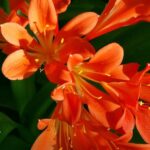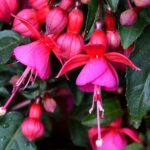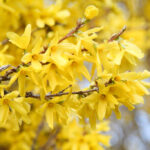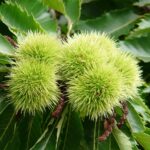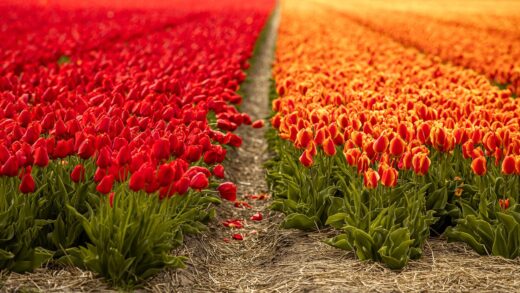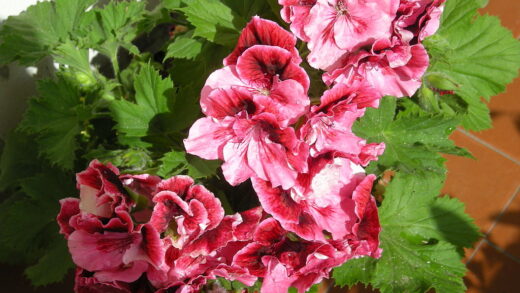The light requirements of the dwarf russian almond

The single most critical environmental factor determining the success and floral performance of the Dwarf Russian Almond is its exposure to light. This shrub has an unequivocal requirement for full sun, a condition that directly influences its growth habit, overall health, and, most importantly, the quantity and quality of its beloved spring blossoms. Understanding the nuances of what constitutes “full sun” and the consequences of inadequate light is fundamental for any gardener wishing to cultivate this plant to its full potential. Proper siting of the shrub to meet its light needs is the foundational step upon which all other aspects of its care are built, ensuring a vibrant and floriferous display year after year.
When horticulturalists specify a need for “full sun,” they are generally referring to a location that receives a minimum of six to eight hours of direct, unobstructed sunlight each day during the growing season. For the Dwarf Russian Almond, this abundant light is the primary energy source that fuels the process of photosynthesis. Through photosynthesis, the plant converts light energy into the chemical energy it needs to produce leaves, stems, and, crucially, the flower buds for the following year. A location that provides sunlight for most of the day, particularly during the morning and early afternoon, is considered ideal for meeting these high energy demands.
The benefits of providing ample sunlight extend beyond just energy production. Full sun exposure also promotes a more desirable growth habit. In a sunny location, the Dwarf Russian Almond will develop a dense, compact, and well-branched structure. This not only makes for a more aesthetically pleasing shrub but also a stronger one, with sturdy stems that can support the profusion of blooms. Furthermore, the intense light helps to ripen the wood properly, which is essential for both winter hardiness and the development of next year’s flower buds, which form on the wood produced during the summer.
Moreover, direct sunlight plays a significant role in disease prevention. Many common fungal pathogens, such as powdery mildew, thrive in shady, damp, and stagnant conditions. A location in full sun ensures that the leaves dry quickly after rain or morning dew, creating an environment that is far less hospitable to the germination and spread of these fungal spores. Therefore, satisfying the plant’s light requirement is not only about maximizing its beauty but also about proactively maintaining its health and reducing the need for chemical interventions.
Consequences of insufficient light
Placing a Dwarf Russian Almond in a location with insufficient light will lead to a host of predictable and undesirable consequences. The most immediate and noticeable effect will be on its flowering. A shrub grown in partial shade will produce significantly fewer flowers, and in very shady conditions, it may fail to bloom altogether. The plant simply does not receive enough light energy to invest in the resource-intensive process of producing blossoms, prioritizing what little energy it can make towards basic survival and vegetative growth.
More articles on this topic
The growth habit of the shrub will also be negatively affected by a lack of direct sun. In an effort to reach more light, the plant will become “leggy,” characterized by long, sparse, and weak stems with large gaps between the leaves. This etiolated growth results in a thin, open, and generally unattractive form, a stark contrast to the dense, bushy habit it exhibits in full sun. These weakened stems are also more susceptible to bending or breaking under the weight of snow or during windy conditions.
Beyond the visible effects on flowers and form, a lack of light compromises the overall health and vigor of the plant. A light-starved shrub is a stressed shrub, and stressed plants are inherently more vulnerable to attack from pests and diseases. The shaded, more humid environment created by insufficient light, combined with the plant’s weakened state, makes it a prime target for fungal infections and insect infestations. The foliage may also appear a paler shade of green and may be more prone to premature yellowing and leaf drop.
Ultimately, planting a Dwarf Russian Almond in the shade is a recipe for disappointment. While the plant may survive for some time, it will never thrive or perform as intended. It will fail to deliver the spectacular floral display that is its main ornamental feature and will likely struggle with ongoing health issues. This underscores the importance of assessing the light conditions of a potential planting site accurately before committing the shrub to the ground, as it is far easier to choose the right spot initially than to relocate an established plant later.
Ideal siting for maximum sun
To ensure the Dwarf Russian Almond receives the light it needs, careful consideration must be given to its placement within the garden landscape. The ideal location is an open area that is free from the shadows cast by large trees, buildings, or other structures for the majority of the day. A south-facing or west-facing aspect is typically the best choice, as these exposures receive the most intense and prolonged sunlight. Before planting, it is a worthwhile exercise to observe the proposed spot throughout the day to track the movement of the sun and shadows.
More articles on this topic
When incorporating the shrub into a mixed border, it is crucial to consider the mature size of neighboring plants. Planting it next to a small perennial is one thing, but placing it where it will eventually be overshadowed by a fast-growing tree or a larger shrub will doom it to a future in the shade. It is important to plan for the future garden, ensuring the Dwarf Russian Almond will continue to have unobstructed access to sunlight as the surrounding landscape matures. This forward-thinking approach is key to its long-term success.
The plant’s need for full sun also makes it an excellent candidate for certain types of garden designs. It is perfectly suited for rock gardens, sunny banks, or the top of a retaining wall, where light is typically abundant and drainage is sharp. It can also be used effectively as a specimen plant in the middle of a lawn, where it will receive light from all directions. Avoiding placement on the north side of a building or wall is critical, as these locations are often in shade for most, if not all, of the day.
In some very hot climates, a location that receives full morning sun and some light, filtered shade during the most intense part of the late afternoon can be beneficial. This can help to reduce heat stress and prevent leaf scorch. However, for most temperate climates, the rule of “the more sun, the better” holds true. Prioritizing light exposure above all other siting factors is the most reliable way to guarantee a healthy shrub that will reward the gardener with a breathtaking profusion of spring flowers.
📷 Le.Loup.Gris, CC BY-SA 3.0, via Wikimedia Commons








